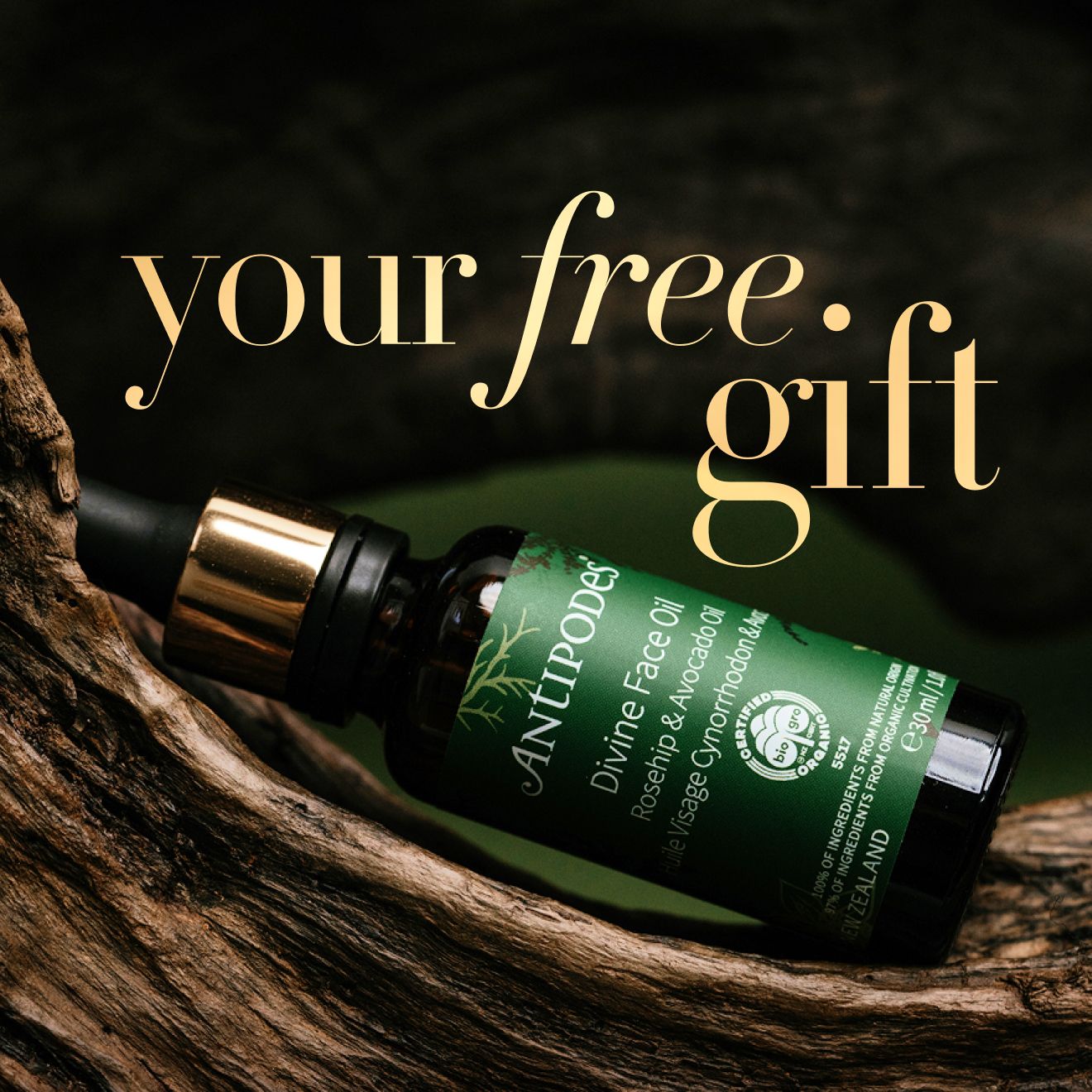
Why mineral sunscreen is a better choice than chemical sunscreen
Sunscreen is essential for UV protection, but not all sunscreens are equal. Chemical sunscreens raise health and environmental concerns, making mineral sunscreen a safer, more effective choice.
How your skin absorbs ingredients & why it matters
Your skin isn’t just a barrier – it’s the body’s largest organ and plays a crucial role in overall health. The skin is made up of multiple layers, with the outermost layer, the stratum corneum, acting as a protective shield. While it helps block many harmful substances, some chemicals – including those found in skincare products and sunscreens – can penetrate beyond this layer. Once past this barrier, these substances can enter the bloodstream and circulate throughout the body. This raises concerns about their potential impact on hormone balance and overall health, especially when applied on a daily basis.

The problem with chemical sunscreens
Many people choose chemical sunscreens for their lightweight texture and ease of absorption – but it's their absorbency is what makes them a potential concern.
Chemical sunscreens absorb UV rays and convert them into heat, but their active ingredients also pass through the skin barrier. Research has found these chemicals in the bloodstream, sometimes exceeding safety thresholds. Some ingredients have been linked to hormone disruption, skin irritation, and environmental damage.
Common chemical sunscreen ingredients of concern:
• Oxybenzone – Linked to hormone disruption and allergic reactions.
• Octinoxate – May interfere with hormone levels and is banned in some regions due to its impact on coral reefs.
• Homosalate – Accumulates in the body faster than it can be broken down, potentially affecting hormone regulation.
• Avobenzone – Breaks down in sunlight, forming free radicals that can contribute to skin damage.
• Octocrylene – Can degrade into benzophenone, a possible carcinogen linked to skin irritation.
Why mineral sunscreen is safer
Unlike chemical sunscreens, mineral sunscreens sit on top of the skin and reflect UV rays away. They use natural ingredients like zinc oxide and titanium dioxide, which are widely recognized as safe and effective. Non-nano zinc oxide, like that in Antipodes Supernatural SPF50+, stays on the skin’s surface rather than being absorbed, making it a gentle, non-toxic option for daily use–even on sensitive skin.
Some mineral sunscreens contain nano-particles, which are ultra-small versions of zinc oxide or titanium dioxide. These can potentially penetrate the skin and enter the bloodstream, similar to chemical sunscreens. Antipodes Supernatural SPF50+ uses non-nano zinc oxide, ensuring effective broad-spectrum UV protection while remaining safely on the skin’s surface.


Moisturiser with SPF vs. primary sunscreen
Many skincare products include SPF, but there’s a big difference between moisturisers with SPF and dedicated sunscreens:
- Moisturisers with SPF – Primarily for hydration with sun protection as a secondary benefit. They may not offer broad-spectrum coverage or all-day protection.
- Primary Sunscreen – Specifically formulated for UV protection with higher SPF and better defence against harmful rays.
Supernatural SPF50+ Ceramide Silk Facial Sunscreen is a primary sunscreen. For optimal protection, apply mineral sunscreen over a light moisturiser or serum.

Loved by mineral sunscreen seekers
"I had the pleasure of trying this new product and it is THE BEST SPF I have ever tried. I have been looking for years for the holy grail mineral sunscreen and this is it for me! It glides on and absorbs really quickly (none of that awful sticky feeling) and gives my skin a nice glow with no whitening effect at all. Very excited to have discovered!"
ANDIE
"I had the pleasure of trying this new product and it is THE BEST SPF I have ever tried. I have been looking for years for the holy grail mineral sunscreen and this is it for me! It glides on and absorbs really quickly (none of that awful sticky feeling) and gives my skin a nice glow with no whitening effect at all. Very excited to have discovered!"
ANDIE
How to apply mineral sunscreen for best results
How to apply mineral sunscreen for best result
- Hydrate first – To avoid a white cast, you must apply mineral sunscreen to hydrated skin. Use a water-based serum, or a light water-based moisturiser.
- Warm the product – Don’t apply directly from the jar onto your face. Rub your mineral SPF between your fingertips to warm and soften the product before applying to your skin in circular motions.
- Give it a moment – Allow a few minutes for the sunscreen to settle before applying makeup.

The power of ceramides in sunscreen
Ceramides are essential lipids that help strengthen the skin’s natural barrier and lock in moisture. Sun exposure can weaken this barrier, leading to dryness and irritation. Antipodes Supernatural SPF50+ is enriched with ceramides to keep your skin hydrated, smooth, and protected. Unlike some mineral sunscreens that feel drying, this formula helps restore and maintain skin health while shielding against UV damage.

Healing benefits of zinc oxide
Zinc oxide does more than just provide sun protection–it also has soothing and healing properties:
- Calms inflammation – Ideal for sensitive or acne-prone skin.
- Supports skin repair – Helps with healing minor wounds and irritation.
- Reduces redness – Gentle enough for those with eczema or rosacea.
By choosing a mineral sunscreen with zinc oxide, you’re not only shielding your skin from the sun but also nourishing and strengthening it at the same time.

Make the switch to safer sun protection
Supernatural SPF50+ Ceramide Silk Facial Sunscreen offers:
- SPF50+ broad-spectrum protection
- Non-nano zinc oxide for safe, effective coverage
- Ceramides for deep hydration and skin barrier support
- A lightweight, silky texture that blends beautifully
Say goodbye to chemical sunscreens and switch to a clean, natural alternative that’s better for your skin – and the planet.

